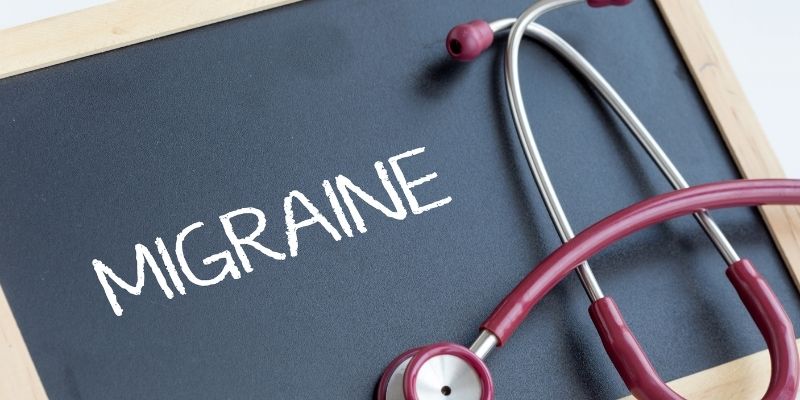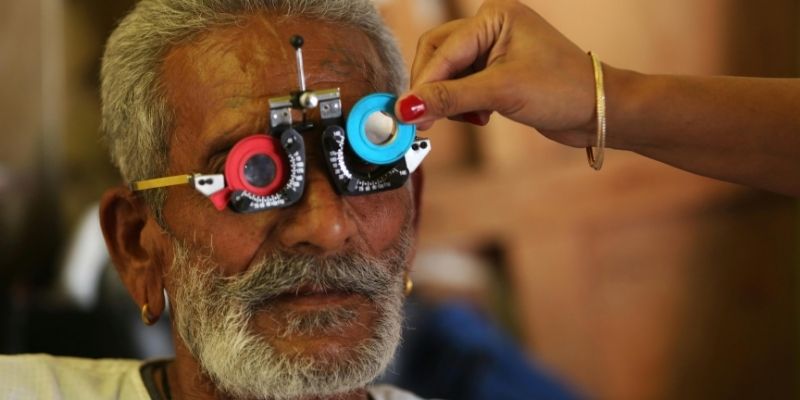Warning Signs of Fatal Headache and When to Take Action
Headaches are a prevalent health concern that affects most individuals at some point in their lives. While many headaches are relatively mild and resolve independently, some may indicate a more serious health issue. It is essential to distinguish between a typical headache and one that necessitates medical intervention. Gaining an understanding of the underlying causes of severe headaches can guide individuals in determining the appropriate course of action.

Headaches can stem from factors such as dehydration, stress, sinus infections, or improper posture. However, certain headaches may point to underlying health conditions, including hypertension, cerebral infections, or even stroke. If one frequently experiences persistent or severe headaches, it is vital to assess the symptoms and consult a healthcare professional as needed.
When to Worry About a Headache
Most headaches are not dangerous, but certain symptoms should not be ignored. If a headache is unusually severe, sudden, or persistent, it may indicate a more serious condition. Warning signs of a fatal headache include intense pain that appears abruptly, confusion, difficulty speaking, vision problems, or weakness on one side of the body.
Another concern is headaches that occur after a head injury, especially if accompanied by dizziness or vomiting. If you experience a headache along with a high fever, neck stiffness, or loss of consciousness, seek medical attention immediately.
The Most Dangerous Types of Headaches
Certain headaches necessitate urgent medical attention due to their association with serious health conditions. A thunderclap headache is among the most severe variants, manifesting abruptly and reaching peak intensity within moments. This type of headache may signify intracranial bleeding, which mandates immediate emergency intervention.
Individuals suffering from migraines may encounter excruciating, pulsating pain alongside nausea, vomiting, and heightened sensitivity to light. Although migraines are typically not considered dangerous, an unusually intense migraine that deviates from previous episodes warrants evaluation by a healthcare professional.
A new daily persistent headache (NDPH) represents another concerning condition. This type of headache emerges unexpectedly and may persist for months without alleviation. It is often unresponsive to standard pain management strategies, thereby necessitating thorough medical assessment.
Causes of Serious Headaches
A variety of factors can lead to significant headaches, and pinpointing the underlying cause is essential for effective treatment. Common contributors include hypertension, which may result in severe headaches and elevate the risk of stroke. Brain infections, such as meningitis, also induce severe headaches, accompanied by fever and neck stiffness.
Additionally, factors such as brain tumours, aneurysms, and traumatic brain injuries can also contribute. These conditions often manifest with accompanying symptoms like visual disturbances, balance issues, or episodes of fainting. If you experience recurrent headaches that intensify over time, it is advisable to consult a healthcare professional to exclude any serious underlying conditions.
Understanding the Link Between Stress and Headaches
Stress serves as a significant contributor to headaches, with chronic tension resulting in ongoing pain. When experiencing stress, the body produces chemicals that can constrict blood vessels and exacerbate headache symptoms. Stress-induced headaches typically manifest as a dull, persistent ache around the temples or at the back of the head. Effectively managing stress through relaxation techniques, physical activity, and mindfulness practices can greatly diminish the occurrence of stress-related headaches. If headaches intensify during periods of stress or occur more frequently, it may be advisable to consult a professional for enhanced stress management strategies.
Emergency Situations: When to Seek Immediate Help
Certain symptoms necessitate prompt medical intervention. If a headache is accompanied by an abrupt loss of vision, numbness, or difficulty in ambulation, it may indicate a stroke. Immediate medical attention can significantly enhance outcomes.
Heatstroke represents another urgent condition associated with headaches. If you experience a headache alongside dizziness, confusion, or insufficient sweating in hot environments, seek medical assistance without delay. Untreated dehydration and overheating can result in life-threatening complications.
Treatment of Dangerous Headaches
The management of severe headaches is contingent upon identifying the underlying cause. In instances where dehydration or elevated blood pressure are determined to be contributing factors, appropriate hydration and prescribed medications can be beneficial. Should an infection be identified as the source of the headache, the administration of antibiotics or antiviral medications may be required.
For conditions such as migraines, healthcare professionals may advise modifications to lifestyle, implementation of stress management techniques, and the use of prophylactic medications. In situations where a brain tumour or aneurysm is implicated, surgical intervention may be necessary. Regardless of the aetiology, it is essential to seek prompt medical evaluation to ensure optimal outcomes.
How to Prevent Serious Headaches
While not all headaches are preventable, specific lifestyle modifications can aid in decreasing their occurrence and intensity. Staying well-hydrated, adhering to a nutritious diet, and effectively managing stress are proven strategies for minimizing common headaches. Additionally, engaging in regular physical activity and ensuring sufficient sleep significantly enhances overall brain health.

For those experiencing chronic headaches, maintaining a headache diary can be instrumental in pinpointing triggers such as particular foods, caffeine consumption, or insufficient sleep. By avoiding these triggers and following medical guidance, individuals can substantially enhance their headache management strategies.
Final Thoughts
While headaches are typically benign, it is crucial to identify the warning signs of a potentially severe headache, as this knowledge can be life-saving. Gaining insight into the underlying causes of serious headaches and understanding the appropriate treatment options for dangerous headaches are essential for taking proactive steps towards improved health. Should you experience an atypical or persistent headache, it is vital to seek medical evaluation to exclude any serious health concerns. Proactive health measures are instrumental in maintaining well-being and mitigating potential health risks.










